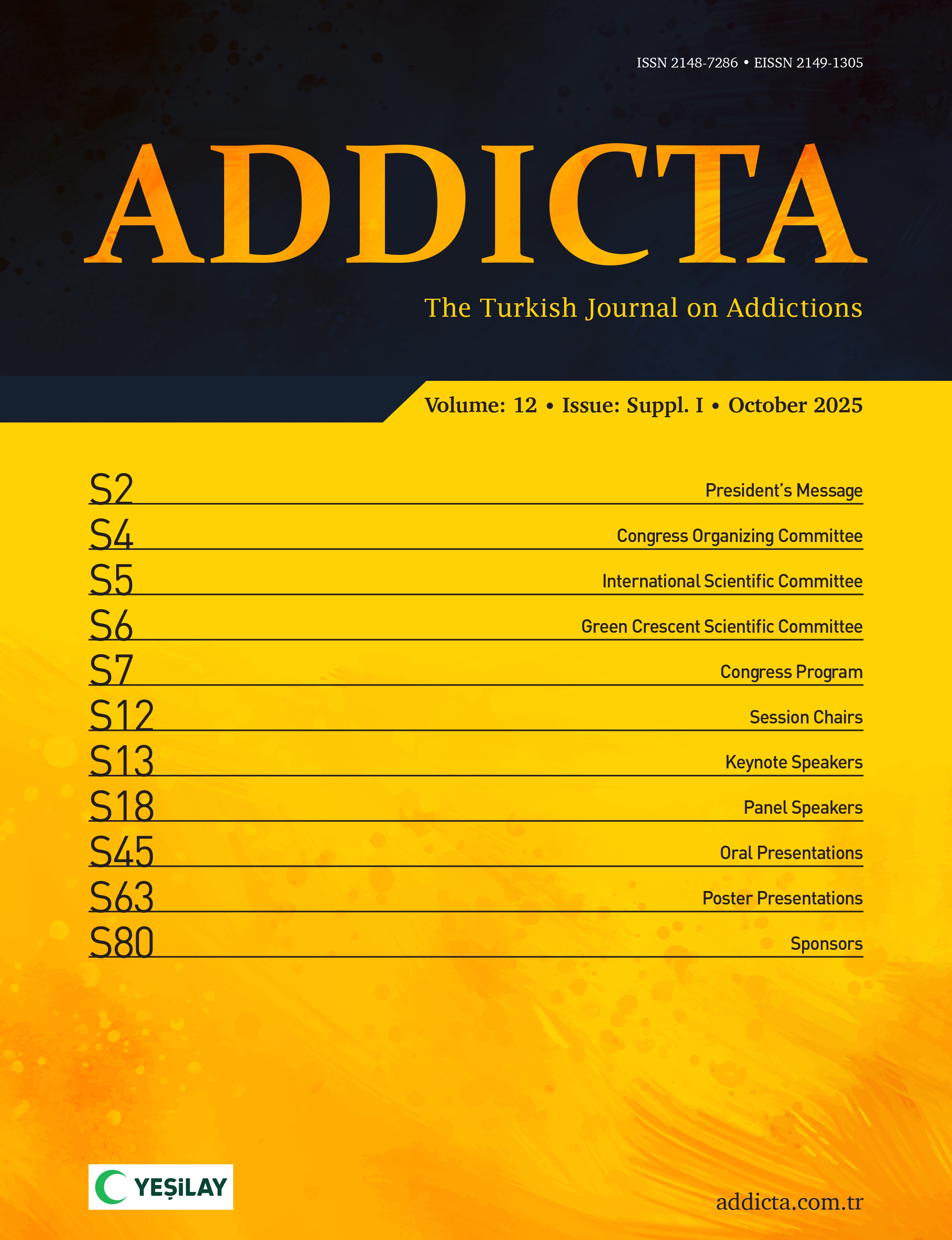Disulfiram is an agent used in the treatment of alcohol use disorder and causes a disulfiram-ethanol reaction, which can result in serious adverse effects when taken with alcohol. Although rare, disulfiram can cause neuropsychiatric side effects even in the absence of alcohol consumption. This article presents a case of delirium, epileptic seizures, and a subsequent manic episode that developed on the 30th day of disulfiram treatment. A 50-year-old male patient diagnosed with alcohol use disorder and started on disulfiram treatment presented on the 30th day of treatment with complaints of disorientation, paranoid thoughts, agitation, and speech impairment. Following intramuscular haloperidol administration, the patient experienced a generalized tonic-clonic seizure. No evidence of alcohol or other substance use was found on examination. Electroencephalography revealed epileptiform activity. Disulfiram was discontinued, and antipsychotic/ antiepileptic treatment was initiated. The patient was discharged on the fifth day but returned 2 days later with insomnia, increased speech, and grandiose delusions. The patient had a family history of bipolar disorder, and clinical evaluation suggested that he was in a manic episode. Valproic acid was added to the treatment, and the patient was discharged after improvement of symptoms. Cases of delirium, epilepsy, or mania associated with disulfiram use have been reported in the literature; however, there are no reports of these three clinical presentations occurring together. It is thought that disulfiram may have triggered these neuropsychiatric effects by inhibiting the dopamine β-hydroxylase enzyme and thereby increasing dopamine levels. This case is noteworthy as the first reported case of delirium, epilepsy, and mania developing in association with disulfiram.
Cite this article as: Uçar Hasanlı, Z., Danışman, M., Zengin İspir, G., & Sezer Katar, K. (2025). Disulfiram encephalopathy presenting with delirium, epilepsy, and a manic episode: A case report. Addicta: The Turkish Journal on Addictions, 12(3), 320-323.

.png)


.png)
.png)